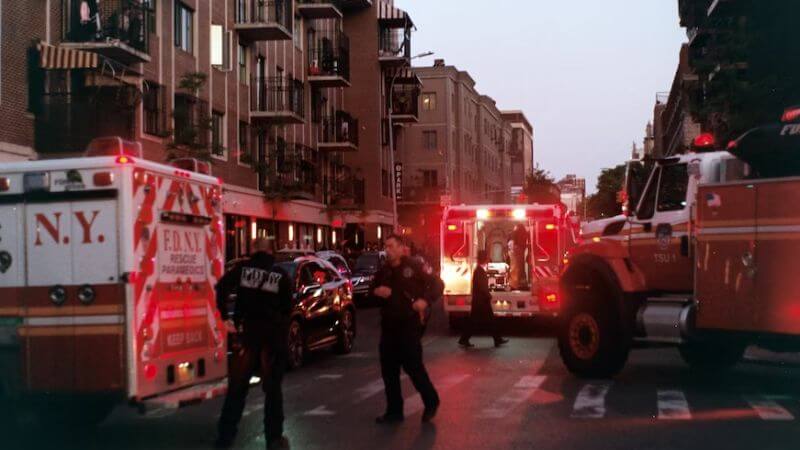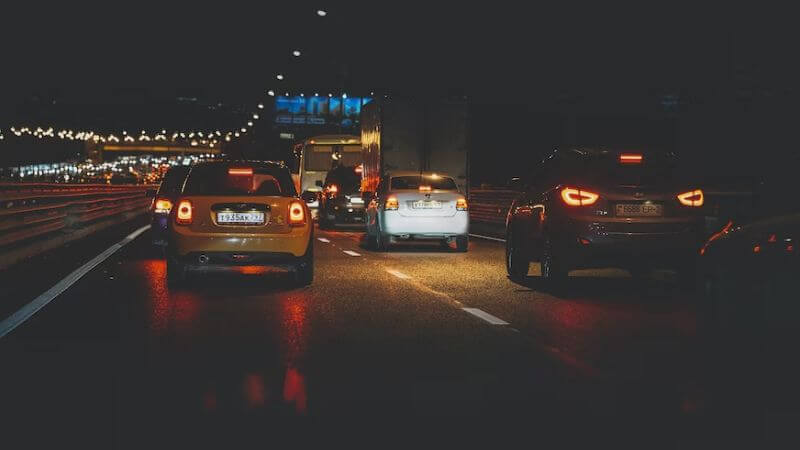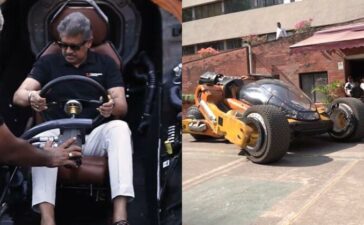Car and road accidents can happen in the blink of an eye, leaving behind devastating consequences for those involved. While many accidents are minor, some can be life-altering or even fatal. Understanding the different types of serious car and road accidents is essential for raising awareness about road safety and taking preventive measures. By gaining insight into these accidents, we hope to underscore the importance of responsible driving, adherence to traffic rules, and the use of safety features to reduce the likelihood of such incidents.

1. Head-on Collisions
Head-on collisions are among the most severe and fatal accidents on the roads. These occur when two vehicles traveling in opposite directions collide front-to-front. The impact forces involved in head-on collisions can lead to catastrophic injuries, especially at high speeds. Having a head-on collision accident lawyer by your side can help you navigate the complexities of the case if this has occurred to you. Factors such as distracted driving, impaired driving, or attempting to overtake on narrow roads are common causes of these devastating accidents. Implementing proper road markings and median barriers and raising awareness about the importance of staying within the correct lane can significantly reduce the risk of head-on collisions.
2. Rollover Accidents
Rollover accidents, although less common than other types, pose an enormous threat to vehicle occupants. These accidents occur when a vehicle tips over onto its side or roof. Vehicles with a high center of gravity, such as SUVs and vans, are particularly susceptible to rollovers. Speeding while taking a sharp turn, especially on slippery roads, can trigger these incidents. Encouraging drivers to maintain safe speeds, avoid abrupt maneuvers, and ensure proper tire maintenance can help prevent rollover accidents.
3. T-bone Collisions
T-bone collisions, also known as side-impact crashes, happen when the front of one vehicle collides with the side of another vehicle, forming a “T” shape. These accidents often occur at intersections when drivers fail to yield or run red lights. The lack of protective structures on the sides of vehicles leaves occupants vulnerable to severe injuries. Engineering safer intersections with clear visibility, enforcing strict traffic signal adherence, and promoting defensive driving can curb the incidence of T-bone collisions.
4. Pedestrian Accidents
Pedestrian accidents involve collisions between vehicles and individuals on foot. These accidents are particularly distressing as pedestrians have no protective barrier to shield them from the impact. Factors like distracted driving, failure to observe crosswalks, and low visibility conditions contribute to pedestrian accidents. Creating pedestrian-friendly infrastructure, installing adequate street lighting, and educating both drivers and pedestrians about road safety can reduce the occurrence of these tragic accidents.
- Vulnerability of Pedestrians: Pedestrians are the most vulnerable road users, as they have little protection in the event of a collision with a vehicle. Even at low speeds, such accidents can lead to severe injuries or fatalities.
- Distracted Driving Awareness: One of the leading causes of pedestrian accidents is distracted driving. Implementing strict regulations against using mobile devices while driving and raising awareness about the dangers of distractions can help prevent these incidents.
- Improved Crosswalks and Infrastructure: Designing pedestrian-friendly infrastructure with well-marked crosswalks, pedestrian islands, and pedestrian signals can enhance pedestrian safety at intersections and road crossings.
- Public Education and Awareness: Educating both drivers and pedestrians about road safety is vital in reducing pedestrian accidents. Campaigns focused on the importance of obeying traffic signals, using crosswalks, and staying visible during low-light conditions can make a significant impact.
5. Rear-End Collisions
Rear-end collisions are one of the most frequent types of accidents on the roads, often caused by tailgating, distracted driving, or sudden braking. These accidents happen when the front of one vehicle crashes into the back of another. While they may not always result in fatalities, rear-end collisions can lead to severe injuries, especially to occupants in the vehicle that is struck. Whiplash, head, neck, and back injuries are common consequences of such accidents. To prevent rear-end collisions, drivers should maintain a safe following distance, stay attentive to the road, and avoid aggressive driving behaviors.
6. Single-Vehicle Accidents
Single-vehicle accidents involve only one vehicle and can happen due to various reasons, including losing control of the vehicle, overcorrecting maneuvers, or colliding with obstacles like trees or barriers. Factors like speeding, driving under the influence, or distracted driving often play a role in these accidents. Depending on the circumstances, the injuries in single-vehicle accidents can range from minor to fatal. Encouraging defensive driving, promoting awareness of road conditions, and discouraging reckless behaviors can help reduce the incidence of these unfortunate accidents.
7. Motorcycle Accidents
Motorcycle accidents are a unique category of road accidents that pose significant risks to riders due to the lack of protective structure around them. Collisions with other vehicles, especially when drivers fail to notice motorcyclists, are common causes of motorcycle accidents. The injuries in these accidents are often severe, including head trauma, road rash, and broken bones. Wearing proper protective gear, such as helmets and reinforced clothing, adhering to speed limits, and increasing awareness among all road users about motorcycles’ presence can enhance motorcycle safety and prevent these serious accidents.
Filing For Compensation
Filing for compensation after a serious car or road accident is a crucial step in helping victims cope with the financial burdens resulting from medical expenses, property damage, and potential loss of income. Depending on the circumstances and local laws, victims may be entitled to compensation from their insurance companies, the at-fault driver’s insurance, or through legal action.
Victims need to gather evidence, such as police reports, medical records, and witness statements, to support their claims. Seeking legal counsel from experienced personal injury attorneys can also be beneficial, as they can navigate the complexities of the legal process and negotiate on behalf of the victim to secure fair compensation.

Road accidents come in various forms and can cause immense physical and emotional pain to those involved. By ranking the severity of different types of accidents, we gain valuable insights into the measures needed to prevent or mitigate their impact. From head-on collisions, rollover accidents, T-bone collisions, and pedestrian accidents to rear-end collisions, single-vehicle accidents, and motorcycle accidents, each type requires specific attention and preventive actions. As responsible drivers, we must prioritize safety, exercise caution, and adhere to traffic regulations.
Follow Us: Facebook | Instagram | Twitter |
Youtube | Pinterest | Google News |
Entertales is on YouTube; click here to subscribe for the latest videos and updates.














